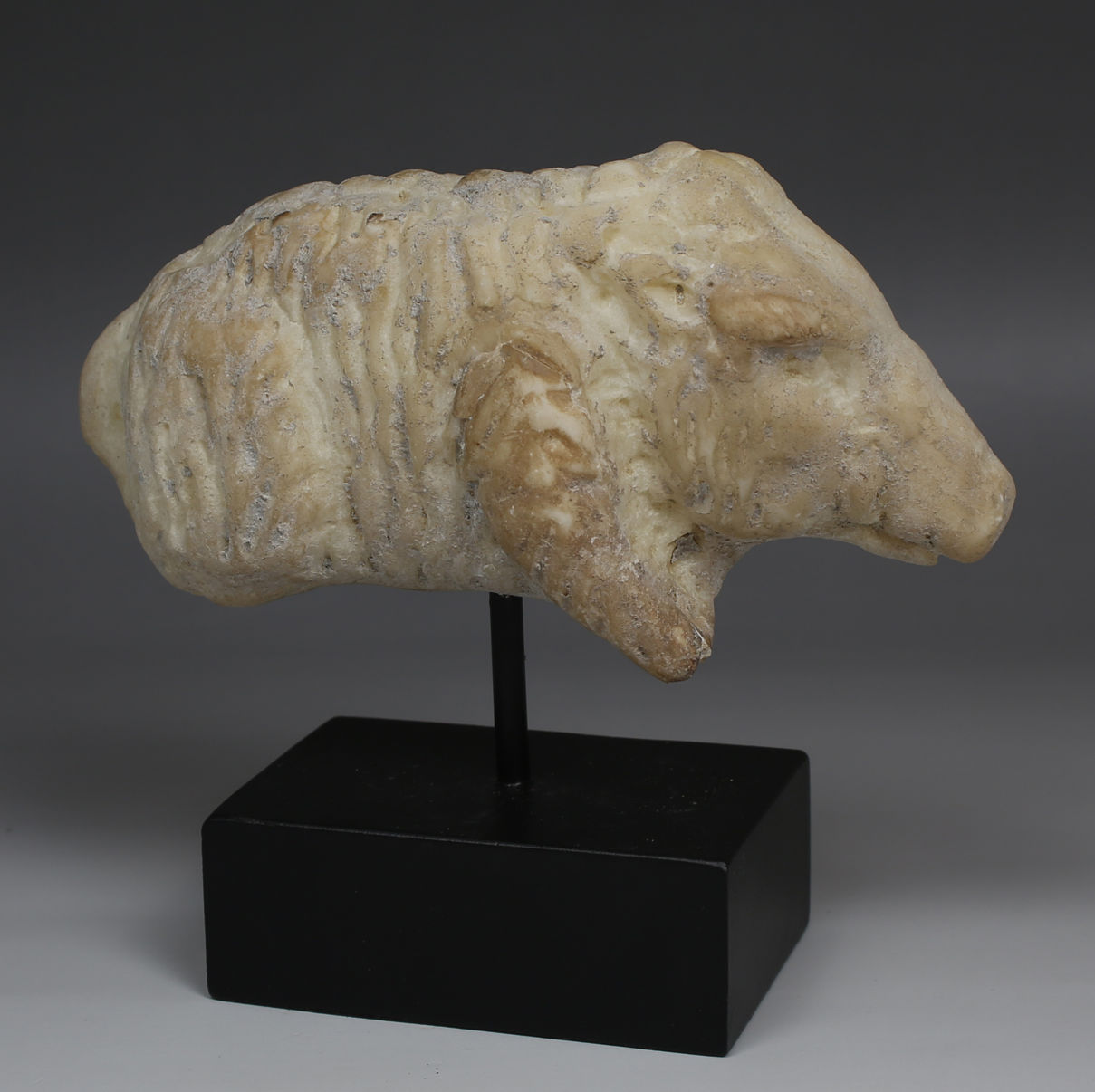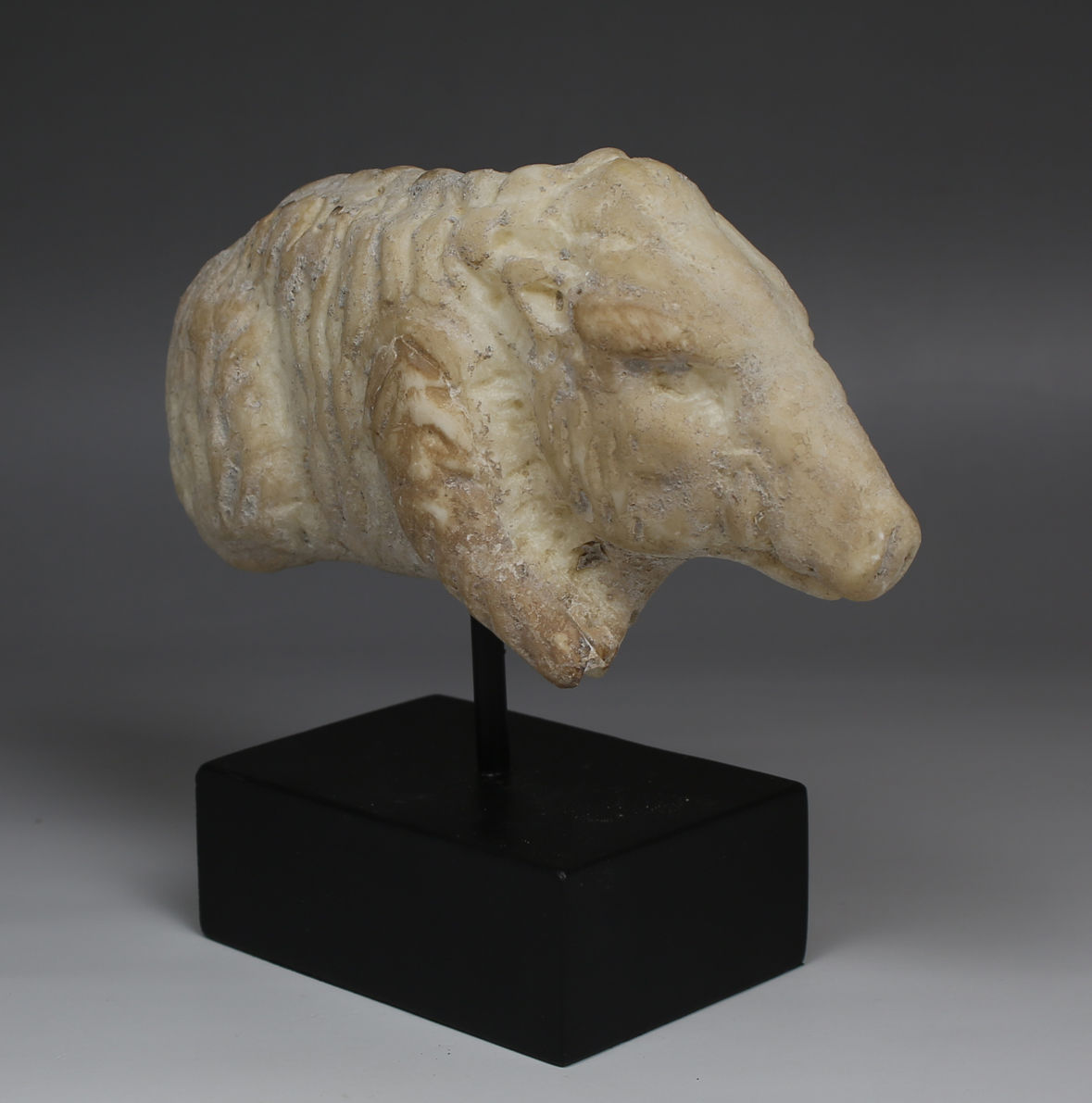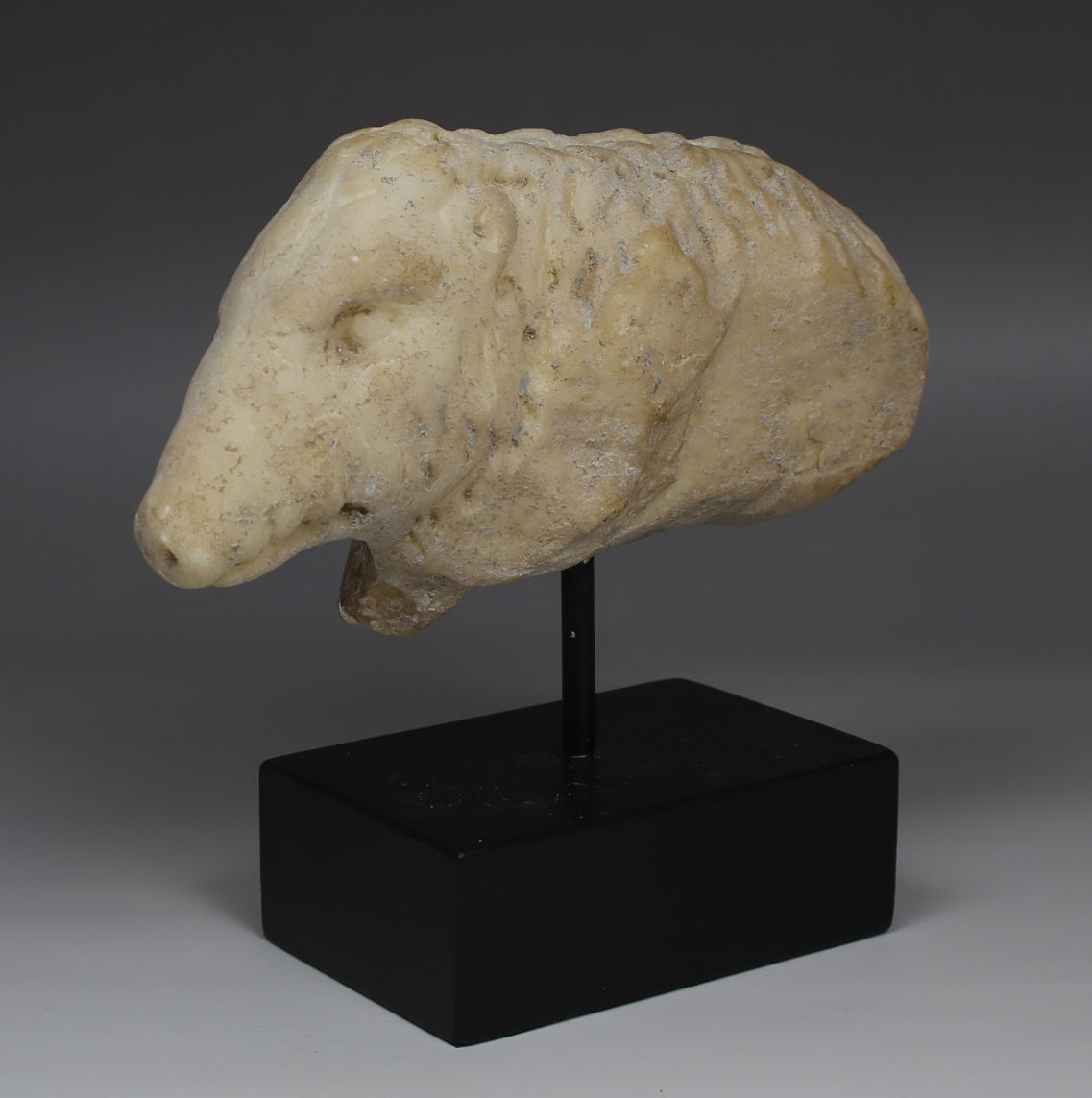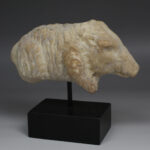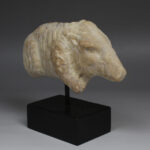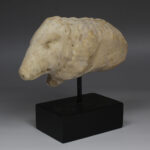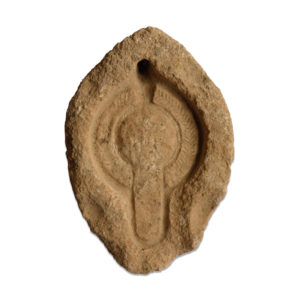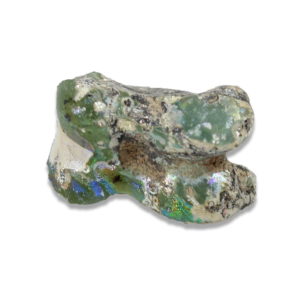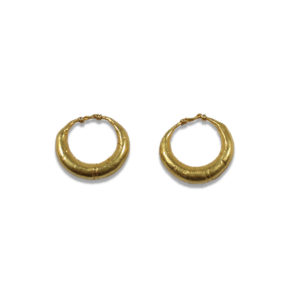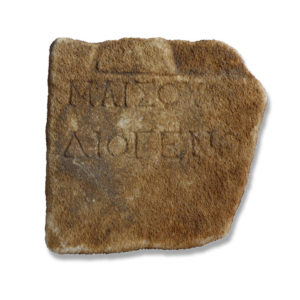Description
| ITEM | Statuette of a boar |
| MATERIAL | Marble |
| CULTURE | Roman |
| PERIOD | 1st – 2nd Century A.D |
| DIMENSIONS | 75 mm x 50 mm x 143 mm (without stand) |
| CONDITION | Good condition. Includes stand |
| PROVENANCE | Ex English private collection, acquired on the art market before 2000, Ex English private collection, Cambridgeshire, thence by descent. |
Roman boar statuettes are intriguing artifacts that reflect both the symbolic and cultural significance of the wild boar in Roman society. These small figures were commonly crafted as votive offerings, often placed in temples or sanctuaries dedicated to gods associated with hunting, war, and protection. In Roman culture, the boar symbolized strength, courage, and ferocity, qualities that were highly esteemed, especially in relation to military life and hunting practices. Boar hunts were popular activities among Roman elites, and the animal’s fierce nature made it a fitting representation of warrior virtues, further embedding the boar into the cultural consciousness of Rome.
The craftsmanship of these statuettes varied, but they generally exhibited detailed and realistic depictions of the boar, emphasizing the animal’s muscular body, sharp tusks, and distinctive bristled mane. Such meticulous representation highlights the importance of the boar as a powerful and revered figure. Some statuettes were small enough to be carried as personal amulets, believed to offer protection or bravery to the bearer, particularly soldiers. The boar’s ferocity in battle made it a fitting symbol for Roman warriors, and it is likely that these statuettes were also used as talismans to invoke strength and success in warfare.
Beyond their military connotations, Roman boar statuettes were also tied to religious and mythological beliefs. The boar was often associated with gods like Diana, the goddess of the hunt, and Mars, the god of war. In certain Roman myths, the boar appears as a formidable beast that heroes must confront, symbolizing challenges that must be overcome with strength and bravery. These statuettes, therefore, represent more than just an admiration for the animal—they are a reflection of the values, beliefs, and practices of Roman society, where the boar served as both a literal and symbolic creature of power.


